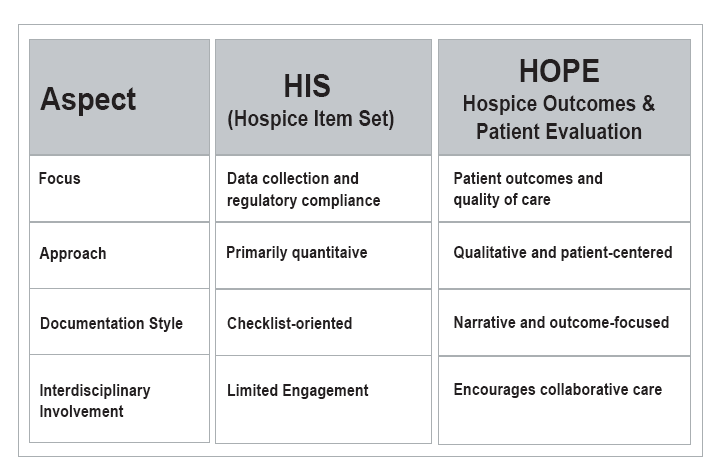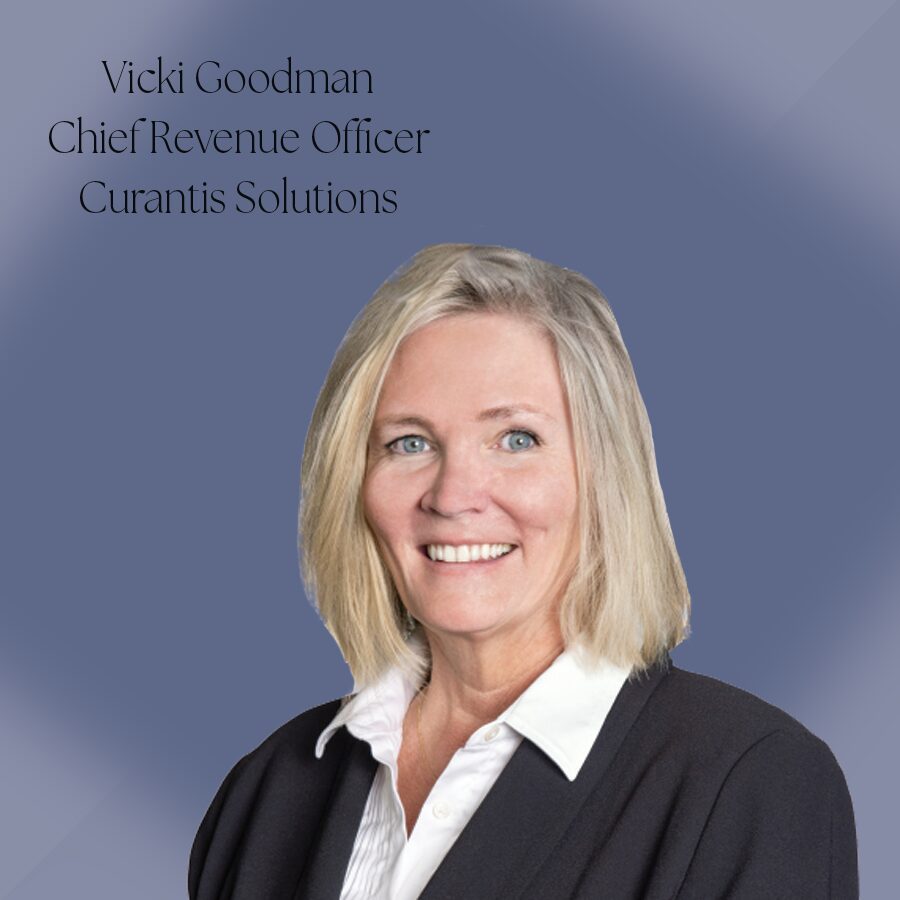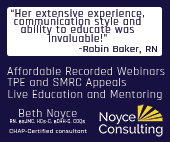by Vicki Goodman, CRO at Curantis Solutions
HIS to HOPE Transition in Hospice Care
What You Need to Know
As a hospice nurse, I am excited to share pivotal news that will significantly impact our field starting October 1st. In case you have been living under a rock, we are transitioning from the Hospice Item Set (HIS) to the Hospice Outcomes and Patient Evaluation (HOPE). This change is not just a modification in terminology; it represents a transformative shift towards a more patient-centered and holistic approach to hospice care. In this article, we will explore what this transition entails, its benefits, and how it will affect our daily practices.
Understanding the Transition from HIS to HOPE
The move from HIS to HOPE signifies an essential evolution in our approach to patient care. While HIS primarily focused on data collection and compliance with regulations, HOPE emphasizes measuring patient outcomes, quality of care, and overall patient experience. This transition encourages us to engage more deeply with our patients and their families, ensuring that their unique needs and preferences are at the forefront of the care we provide.
What is HOPE?
HOPE stands for Hospice Outcomes and Patient Evaluation. This new framework highlights several core principles:
- Patient-Centered Care
- Focusing on individual patien needs and preferences
- Quality of Care Assessment
- Evaluation how well we meet those needs
- Holistic Approach
- Considering emotional, spiritual, and psychological factors in addition to physical health
Benefits of HOPE in Hospice Care
The adoption of the HOPE framework offers numerous advantages for both patients and healthcare providers:
- Improved Patient Engagement
- By prioritizing patient preferences, we can foster stronger relationships and enhance the overall care experience
- Enhanced Quality of Care
- Focused outcomes assessment allows us to identify areas for improvement and implement best practices
- Recognition of Care Quality
- HOPE enables us to demonstrate the effectiveness of our care, leading to greater recognition of our contributions in hospice settings
HIS to HOPE Key Differences
Understanding the distinctions between HIS and HOPE can help clarify the shift in our practices. Here are some key differences

The Role of Hospice Nurses in the HOPE Framework
As hospice nurses, our role in implementing HOPE will require a significant mindset shift. Here’s how we can adapt our practice:
- Engage With Patients and Families
- Actively involve them in care planning and decision-making
- Assess Holistically
- Look beyond clinical data to include emotional and spiritual assessments
- Collaborate with Interdisciplinary Teams
- Work closely with all caregivers to ensure a comprehensive approach to patient care
By integrating these principles into our daily practice, we can enhance patient experiences and outcomes, ultimately providing the compassionate care that is the hallmark of hospice services.
Acknowledging Our Impact
As we transition to the HOPE framework, it’s essential to take a moment to give ourselves credit for the incredible work we already do. For most of us, patient-centered care has been at the heart of our practice long before HOPE was introduced. This new framework serves as validation, providing a structured approach to highlight the compassionate, individualized care we consistently offer.
Getting Prepared
The transition from HIS to HOPE marks an important chapter in the hospice care journey. Prepare for the transition with partners who understand the complexities and challenges that come with such significant changes. Specifically, work with a software and service company designed to ensure that your hospice team can seamlessly adapt to the HOPE framwork without sacrificing the quality of care.
About Curantis Solutions
From comprehensive training to state-of-the-art data management systems, we provide everything needed to make this transition as smooth and effective as possible. With Curantis Solutions, you can be confident that no matter how the standards evolve, you will always be at the cutting edge, providing compassionate, patient-centered care. t Curantis, we understand the unique challenges faced by hospice and palliative care organizations. Our commitment to providing exceptional support ensures that you can focus on what matters most—delivering compassionate care to your patients. We pride ourselves on our quick response times, we deeply listen to our clients, and are easy to get ahold of when you need us. When partnering with Curantis Solutions, we guarantee we have support you can depend on.
# # #


Vicki Goodman, RN, BSN, MHA is an accomplished healthcare professional with a strong background in post-acute care, SaaS sales. With a proven track record of driving revenue growth, Vicki has successfully orchestrated sales strategies and marketing initiatives with over 30 years of experience in the home health and hospice EHR industry. Prior to joining Curantis Solutions, Vicki was VP, Enterprise Sales at Matrix Care.
She is an RN and BSN graduated of East Carolina University and received her MHA from University of North Carolina at Chapel Hill. She credits a lot of her success to collaborating with product and marketing teams creating an unstoppable engine. We are thrilled to have her join the Curantis Solutions family and look forward to the continued growth under her leadership.
©2024 by The Rowan Report, Peoria, AZ. All rights reserved. This article originally appeared in Healthcare at Home: The Rowan Report. One copy may be printed for personal use: further reproduction by permission only. editor@therowanreport.com



